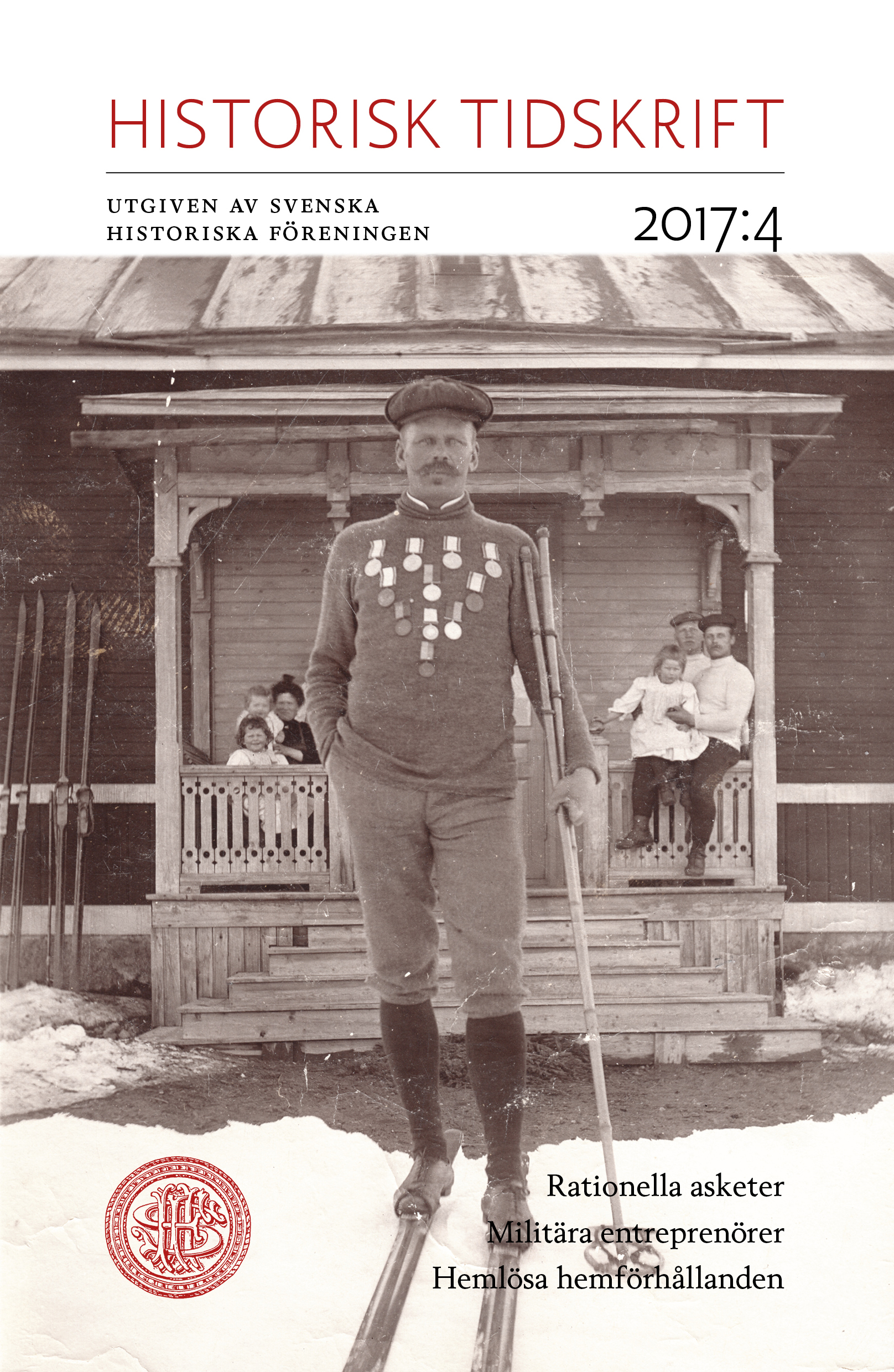Abstract
Among ”rational ascetics” and ”noble savages”: Ethnic relations in Swedish cross-country skiing, 1900–1930
Cross-country skiing in Sweden has long been a sport with connotations of nationalism. When skiing became a popular sport in the 1920s, an image emerged of the elite male cross-country skier as a ”folk hero” embodying certain characteristics: he was a silent, willful and hard-working lumberjack. The present study contributes to the discussion of identity formation within Swedish cross-country skiing by adding an ethnic perspective. Although skiing had an important function in early twentieth-century national identity formation, skiing was also strongly associated with the Sami people, the indigenous population of the Nordic countries who resides in a region that stretches across the national borders of Sweden, Norway, Finland and Russia. The study analyzes and sheds light on the contrast between ”Swedishness” and ”Saminess” in descriptions of individual elite cross-country skiers in press material and skiing literature of the early twentieth century.
Two ideal types of cross-country skiers, both with connotations of nationalism and ethnicity, emerge from the sources. First, the ”rational ascetic,” representing the characteristics of the ”folk hero.” His industriousness, silence, restraint and unpretentiousness embody a protestant ethic, which combines the pursuit of success with an asceticism that prevents the skier from being satisfied with his achievements. Athletic skills were thereby explained as the result of intentions put into practice through rational goals and methods. The ”noble savage”, the second ideal type, on the other hand, represents neither rationality nor asceticism. Instead, his skills were understood to be an innate ability. Since the ”noble savage” belongs to the state of nature, where harmony and balance prevails, no aspirations of any kind are needed. Therefore, neither discipline, rational training or time perception are the bases for the success of a ”noble savage.” He is a ”natural talent” possessing biological properties suitable for skiing. Whereas the success of ”Swedish” skiers (rational athletes) were explained as the result of individual capacities, a victory for a Sami skier was perceived to be due to external circumstances – for example the ”lappföre”, a particular snow condition, or certain weather, trail and track conditions which were difficult to master – because their abilities were natural and not acquired. The heroization of Swedish elite skiers was thus a process reinforced by the construction of ethnic contrasts between the ”rational (Swedish) ascetic”, depicted as an active subject, and the ”noble (Sami) savage”, depicted as a passive object.

